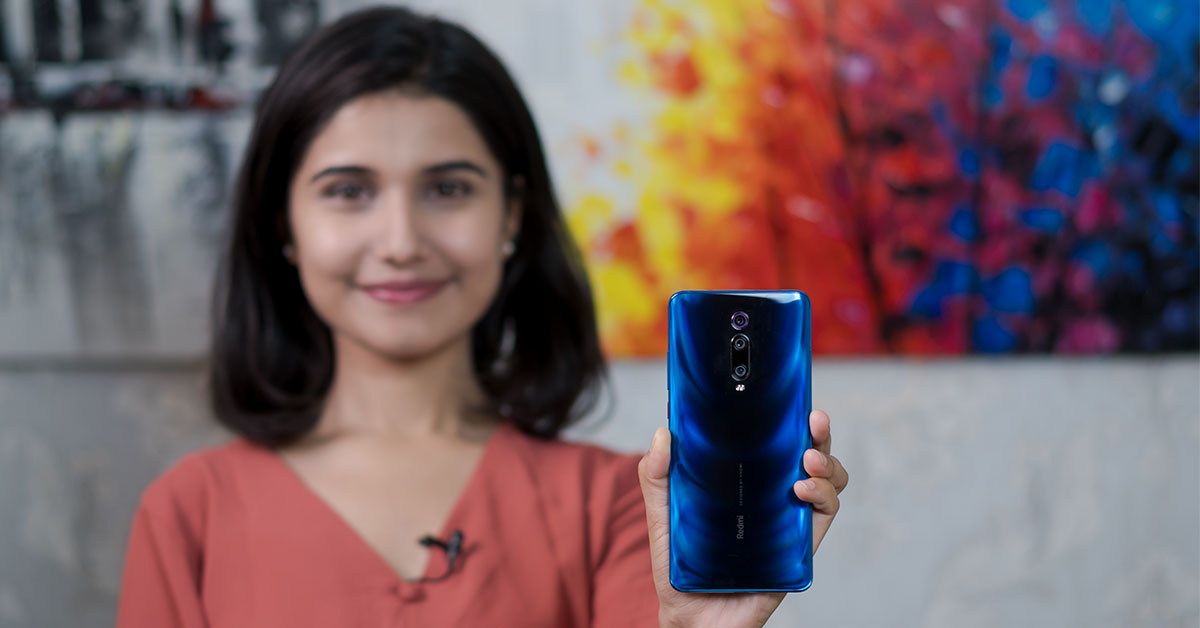
The Redmi K20 pro has been an attention grabber from the day it was announced. No doubt, it’s the most popular smartphone in its price category. In some regions it also goes by the name Mi 9T, but don’t get confused, it’s the same smartphone. So, we have been using this device for two months now, side by side with others that we have reviewed. And now I think I have used it enough to give you guys a long-term review of it. So, let me begin the Xiaomi Redmi K20 Pro review.
Xiaomi Redmi K20 Pro specifications:
- Display: 6.39-inch Super AMOLED display with Corning Gorilla Glass 5 protection
- Resolution: Full-HD+ (2340×1080 pixels), 19.5:9 aspect ratio
- Chipset: Qualcomm Snapdragon 855
- CPU: Octa-core (1×2.84 GHz Kryo 485 & 3×2.42 GHz Kryo 485 & 4×1.8 GHz Kryo 485)
- GPU: Adreno 640
- RAM: 8GB
- Storage: 256GB; No SD Card slot for memory expansion
- OS & UI: Android Pie (v9.0) with MIUI 10 on the top
- Rear Camera: (48 MP f/1.8, wide-angle camera) + (8MP, f/2.4, telephoto camera, 2x optical zoom) + (13MP, f/2.4, ultra-wide-angle camera), Dual-LED flash
- Front Camera: 20MP motorized pop-up selfie camera, f/2.2
- Battery: 4000mAh battery with 27-watt fast charging support
- Connectivity: Wi-Fi 802.11 ac/a/b/g/n, WiFi Direct, Hotspot, Bluetooth 5.0, 3.5mm headphone jack, USB Type-C, USB OTG support
- Sensors: Fingerprint (under-display), accelerometer, gyro, proximity, compass
- Price (8/256GB):
Rs. 49,999Rs. 46,999
Design
Design-wise, it’s still one of the most attractive and I would say different designs. The glass body does not lack the heft and premiumness and hence the phone feels very good on the hands. Now, the glass body has its cons, smudges are unavoidable. So you need to case it up if you want to evade such smudges. Talking of cases, the case Xiaomi provides inside the box looks very good and has endured my use for almost 2 months and it still looks good for some time more.
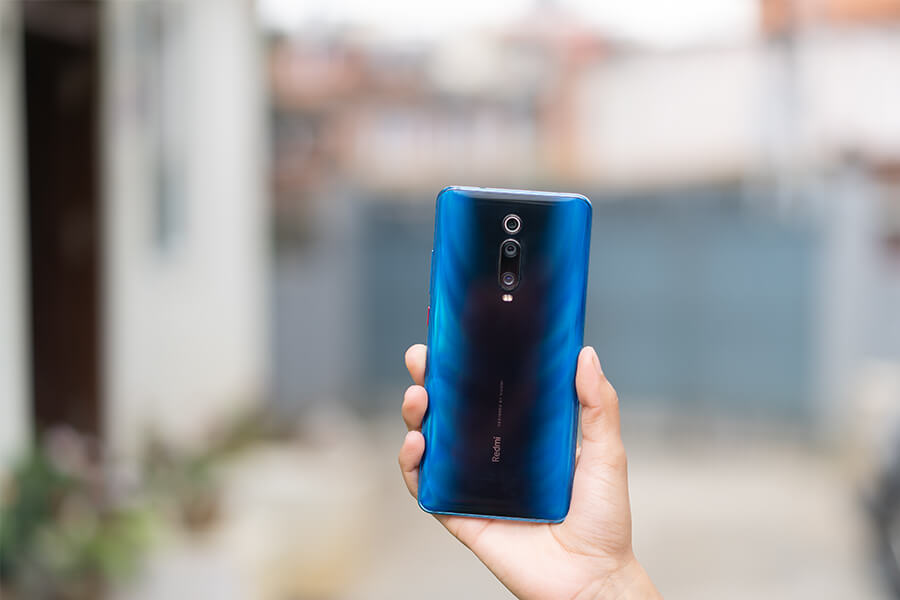
The one thing I appreciate is that the power button has a distinct red color that has given the device a very nice touch.
However, the buttons are not very tactile to my liking, they are not bad, but they don’t give that impressive clicky feedback as compared to the high-end phones like Galaxy Note 10+.
At the back, there’s a lot going on. First, there’s the triple camera setup and down below, we have the Redmi branding. There’s a speaker down below, which by the way is the only speaker here, meaning, this one does not have stereo speakers like the former flagship killer, Pocophone F1, which is quite a bummer. Besides that, there is a USB Type-C port and a SIM slot.
Notably, the phone does not miss out on the headphone jack, which I am very thankful for.
Overall, the design is not very premium like that of the high-end phones. Nonetheless, the design here is one of the best for the price and easy to fall in love with.
Display
The Redmi K20 pro has a 6.39 inches Horizon AMOLED display. Now, don’t get all confused, the horizon is just a name given by Xiaomi, it’s your regular AMOLED display like you find in other smartphones. But, one of the perks of having an AMOLED screen is the presence of Dark mode which I use on a daily basis, because why not? It saves battery and it protects your eyes.
And talking about protecting your eyes, there is an anti-flicker mode in the display which really does help reduce the harmful effects of PWM dimming. And in case you don’t know what that means, you can find out from the video down below.
But notably, even though the screen is bare 6.39 inches, the display looks quite big and full, all thanks to the pop-up camera and narrow bezels.
About the quality well, it’s superb. The colors are good, viewing angles are good, brightness levels are good, so if you are thinking to get the K20 Pro, be sure that you will get an amazing display experience.
On top of that, there is no notch to eating up extra space in the display. And undoubtedly, display is one of the many things the company has upgraded from the Pocophone F1, so I am very happy about that.

The display is also protected by Corning Gorilla Glass 5 which has been a savior for me because even though I haven’t used a screen protector, only minor scratches have appeared, nothing that demands a lot of attention. However, it would have been better if Xiaomi had used the latest generation of gorilla glass protection.
Performance
Xiaomi’s Flagship killers have always opted for the latest and fastest chipset there are, which is also the primary reason it’s called a Flagship killer in the first place. So, with the Snapdragon 855, everything just flows.
There is almost nothing this phone can’t handle. The performance on the device was even comparable with the Note 10 Plus, which will costs you nearly double. So, this is hands down the best performing phone for the price.
Gaming-wise too, you get the best from Qualcomm, the Adreno 640 which handles games like a breeze. The phone does not heat to a level of frustration even while intense gaming. Xiaomi says they have used double-layer cooling technology surrounding the chipset to help prevent heating, so guess that has worked.
You only get the 8GB RAM and 256GB storage variant here in Nepal, but there are other variants too.
Software
The Redmi K20 Pro runs on the Android Pie currently, although you can download Android 10 for Beta testing. The MIUI 10.3 is what the phone runs on currently, so apart from a few changes here and there, you are going to get a typical MIUI experience. You get the Poco launcher 2.0 by default and there is an app drawer as well but you can keep it or discard it, you have a choice for that.
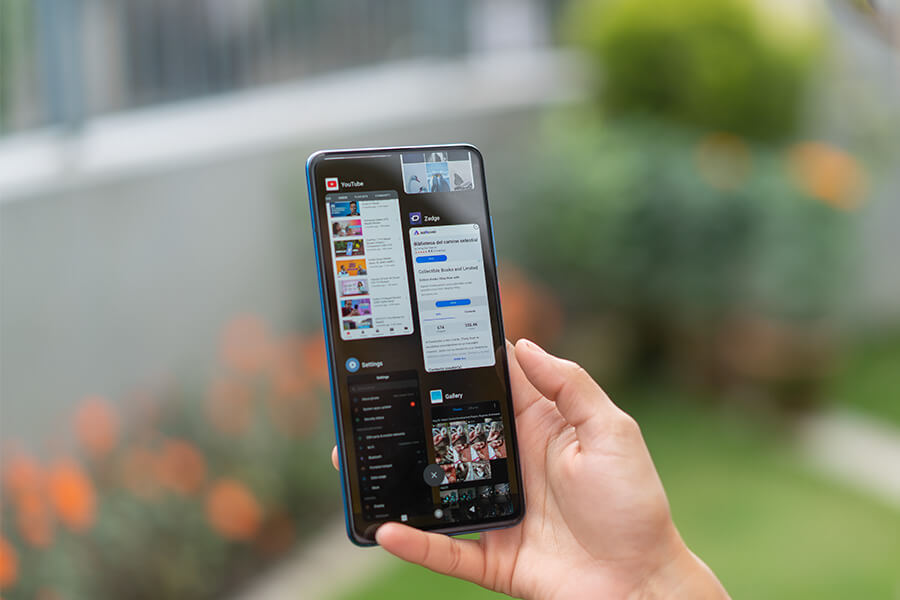
But the good thing is, even though MIUI 10 is pretty heavy, it’s well optimized in the K20 Pro, so it does not slow down or bring lags to the device. The transitions in the UI are pretty smooth. As already mentioned, there are welcome features in the UI like a dark mode and Always-on display. For always-on display, you can put it on all the time or schedule it. Keeping it on all the time is going to chuck your battery a little bit.
However, to be honest, I am not a big fan of MIUI, especially because of those annoying ads, but Xiaomi is not sending any ads here, but you never know with Xiaomi.
Also, the MIUI icons are also something I am not very fond of, so the first thing I did was install the Samsung One UI icon pack.
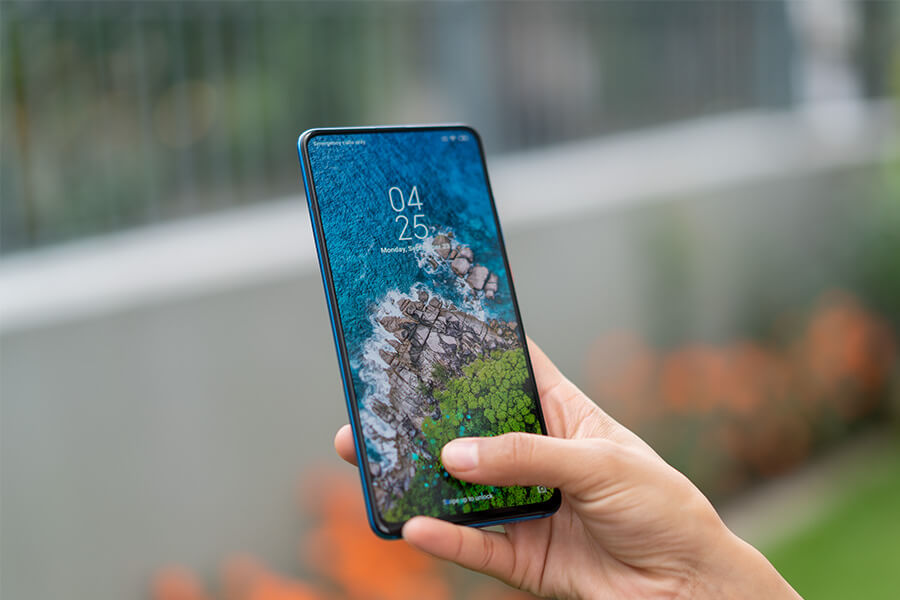
For security, you have the basics, an in-display fingerprint sensor which is blazing fast, not as fast as the OnePlus 7 Pro, but still fast. However, it does not unlock with wet hands, like the Note 10 Plus. In my region, you get Face Unlock option too, which uses the pop-up selfie camera. The Face Unlock is not very fast and not so reliable.
Cameras:
Now, let’s talk cameras. And what I can say is the K20 pro may be a flagship killer when it comes to performance, but with the time I had with it, it surely is not a flagship-grade camera performer. I will explain why, but first, let’s get done with cameras specs.

There are triple cameras at the back, a primary 48 MP quad-Bayer sensor, a 13MP ultra-wide-angle lens, and an 8 MP 2X telephoto lens. Photos from the primary sensor in daylight condition look really nice. They are detailed and punchy. But sometimes, you do get some oversaturation going on. Also, you do have an AI option if you want to add saturation to your images and sometimes it does look good.
Portraits, in the K20 Pro, are done via the Telephoto lens. And I must say the subject focus is done very well here. Edge detection tough takes a hit at difficult areas like the hair but overall I liked the portrait images from the K20 Pro although when the background is sunny, it looks exposed. Blur at the background can be adjusted afterward according to one’s liking so things look good.
Also, there is a feature here which lets you make some moving background effects which is fun to have.
I did compare the K20 Pro’s primary camera with the Note 10+ that I just reviewed, and I must say there is no competition. The Note 10+ is simply better in every aspect from colors to the dynamic range to bokeh in portraits, and this is what you get with flagship phones, and not with the flagship killers like K20 Pro.
The second Telephoto lens does a good job too although you won’t find great detailing like the primary camera.
The third ultra-wide-angle lens also preserves fair details and produces good colors. The sensor is 15mm wide so you get quite wide pictures.
On the front, you get a 20MP motorized selfie camera, which glows whenever it goes up. And that has made the front camera somewhat toy-like. But taking it out and while taking pictures during my use, I found them to be pretty decent.
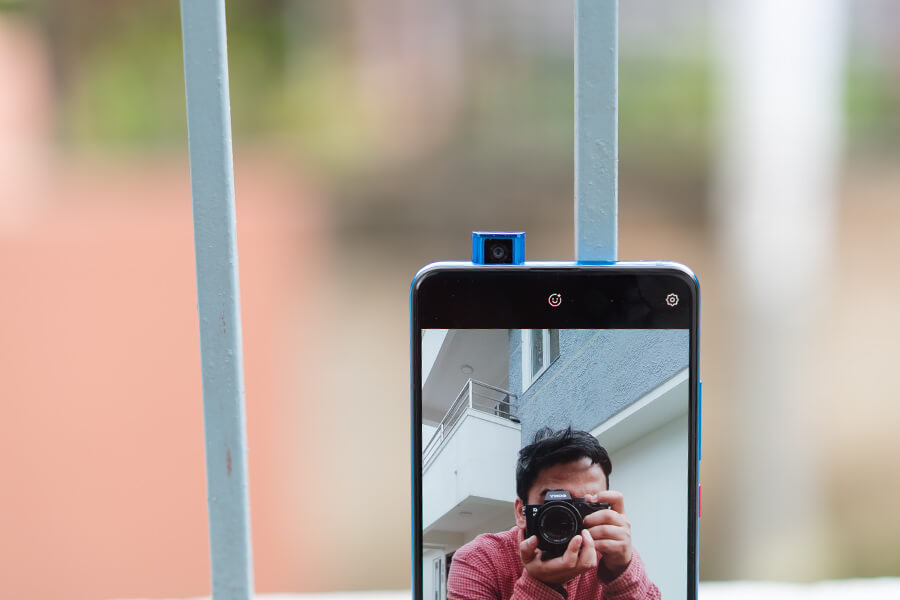
Selfies pack enough details and you get decent colors. Even the portrait images look impressive. But what I didn’t like is that the motorized mechanism takes time to go up and down. And talking about the speed, it’s slower than OnePlus 7 Pro and even the Realme X. When the elevating mechanism retracts during the falls, it’s slow when it comes to speed. So there are high chances that you damage your selfie camera if the phone falls while taking selfies.
But, all the three sensors are not optically stabilized meaning there’s no OIS, so if you don’t have steady hands, chances are your images might come out slightly wobbly or shaky especially during low light scenarios.
And the Normal night time images are grainy and void of details. However, there is a night mode feature to compensate for it which improves the details and exposure of the images by a good margin. Again, because of the lack of OIS, nighttime images may result in being shaky many times.
Video-wise, the K20 pro is very impressive to say at the least. You have various options for video recording where I found the 4k@30 fps to have the best stabilization. You can record videos at 4k 60 fps too, but they are not very well stabilized. And as far as the quality goes, it’s very good, so if you are thinking of making vlogs and don’t want to invest a lot in equipment, the K20 pro can be a good option.
You can also record slow-motion videos at 960fps and 120 fps. The quality, well it’s not good but interestingly you can add music to them which is sort of fun. You can click videos from the Wide-angle and telephoto lens as well, here are some samples for you to check out.
As I said in the beginning, the cameras are justifiable for the price, not quite on par with flagships, and I think the software implementation could have been a little better.
It’s the same sensor, the Sony IMX 586 as the one found on even budget smartphones these days. So, I don’t think it is a flagship killer camera on the K20 pro.
Battery
Now it has become like a tradition to Xiaomi keeping 4,000 mAh batteries on their smartphones and this one follows the same ritual.
The battery on the Redmi K20 Pro is supported by 27-watt fast charging. But you get the 18W fast charger inside the box. The phone took me One hour and 30 minutes to get fully charged and a fully charged battery can last you for a good one and a half-day.
I was quite impressed by the battery life because even though it’s a regular-sized battery it’s very enduring. I liked how the phone shuts down the background processes properly to give a good battery life.
Compromises
Now, before I come to the conclusion, here are some of the compromises you have to bear with the K20 pro when compared with the $1000 flagships.
The first is not having dust and water-resistant. There’s also no stereo speakers and the output from the mono speaker is above average. The K20 Pro also has mediocre vibration motors which they should surely improve on its next iteration. And the final compromise is the cameras.
The Sony IMX 586 is not a flagship sensor as advertised by Xiaomi, at least not when even budget phones like Redmi Note 7 Pro are using the same sensor. Yes, I know, it depends upon the software optimization and chipset too. And not just the sensor, but in the K20 pro, well the implementation is not wow!
Conclusion
So, just ignore those comprises that I mentioned earlier. I was just nitpicking. Because, if you look at the price, the Redmi K20 pro is the most value for money smartphone in its price range.
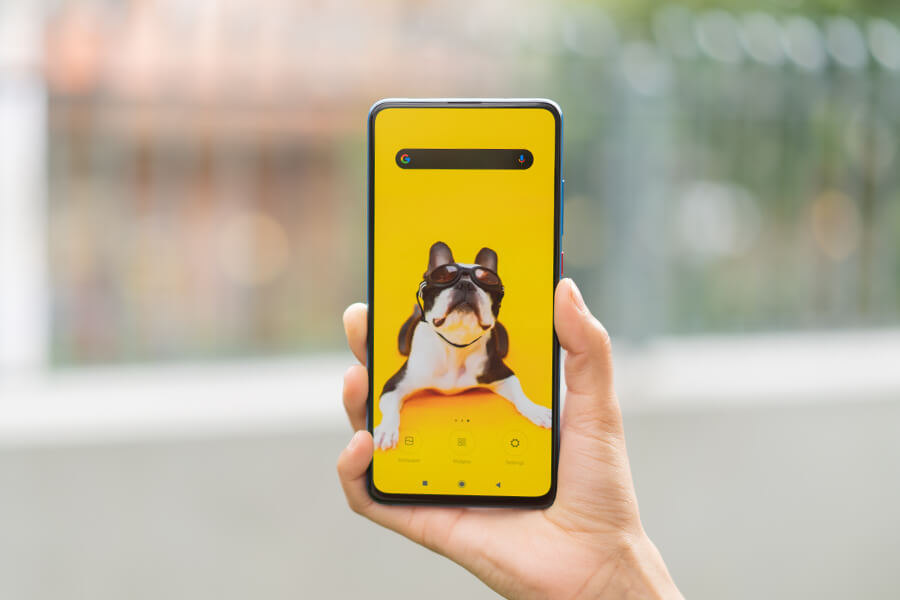
For performance, it can be compared to the flagships and no other mid-range phones can compete in this regard. Design and display are more or less what we get for the price and as I said, cameras too are good enough but not the best.
And its priced at around 50K in Nepal, whereas its nearest competitor the Oneplus 7 is priced at 65K, which makes the K20 Pro an unrivaled choice.
Xiaomi Redmi K20 Pro: Pros and Cons
Pros:
- Amazing display
- Buttery smooth performance
- Excellent value for money
Cons:
- No flagship-grade cameras
- No IP rating







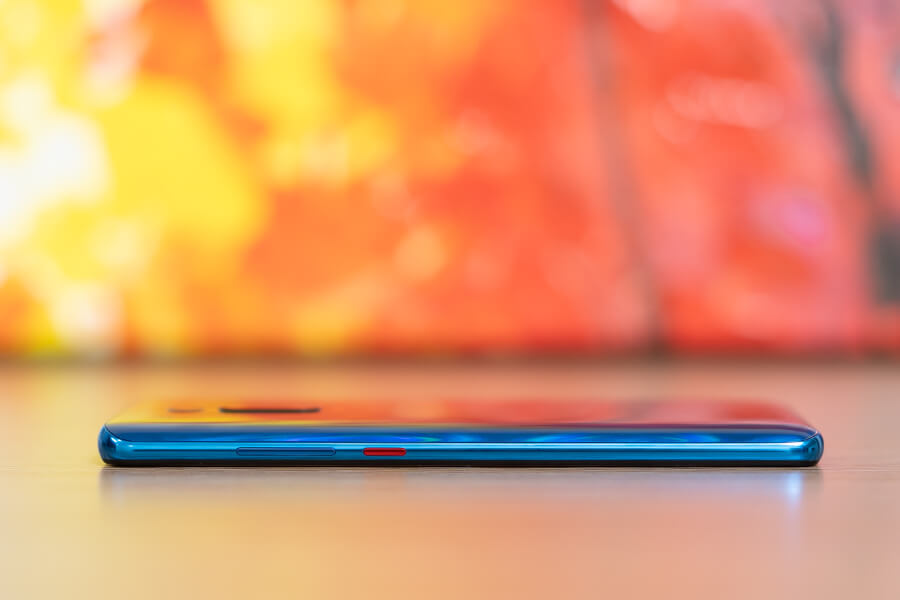






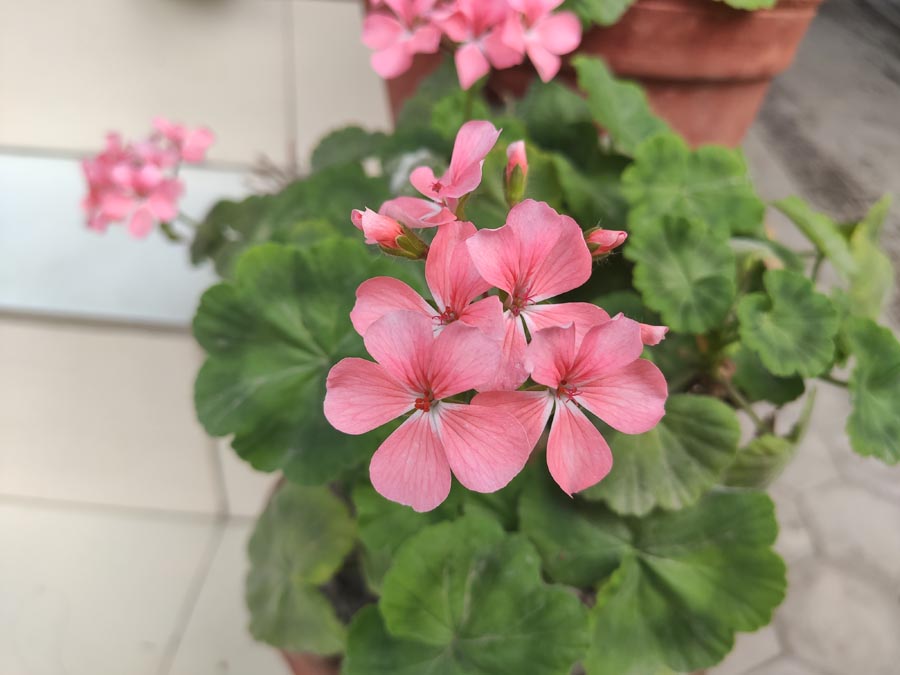







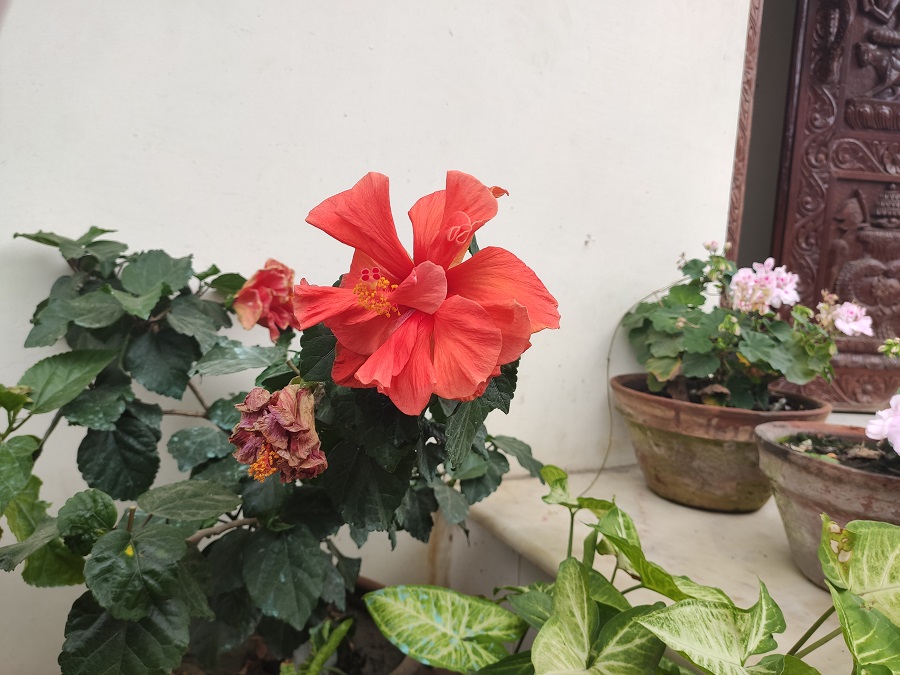


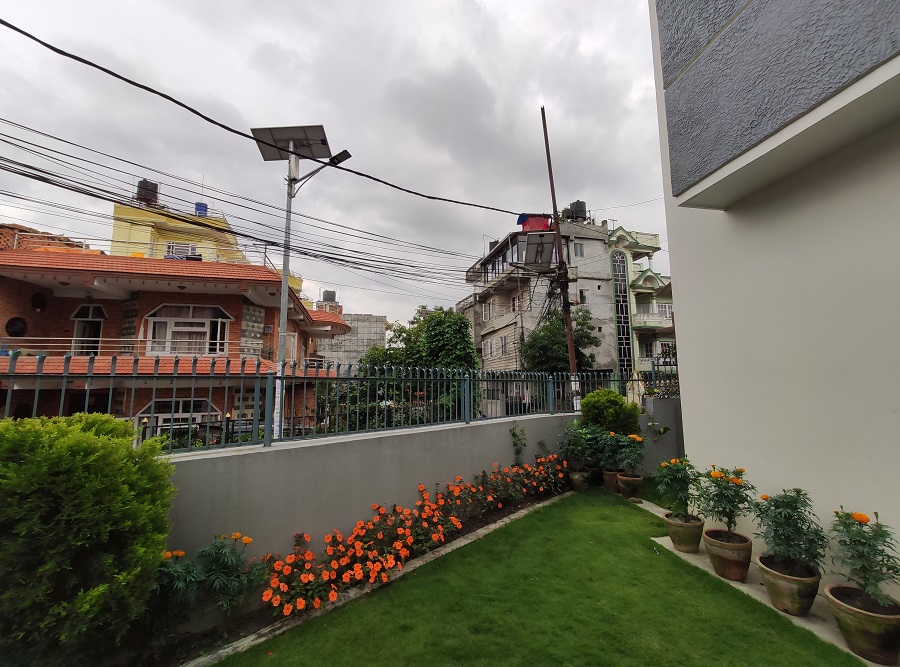
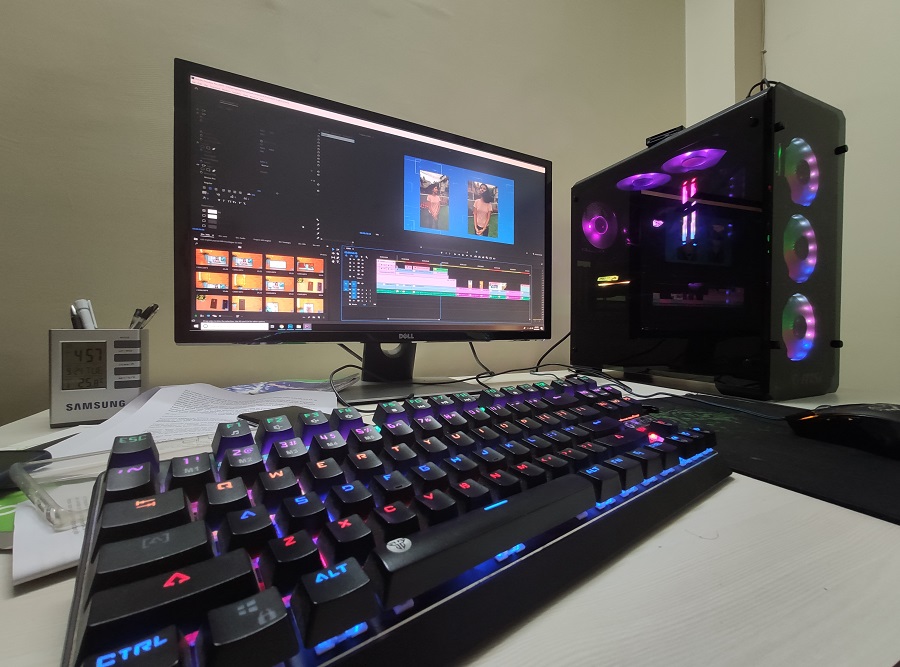
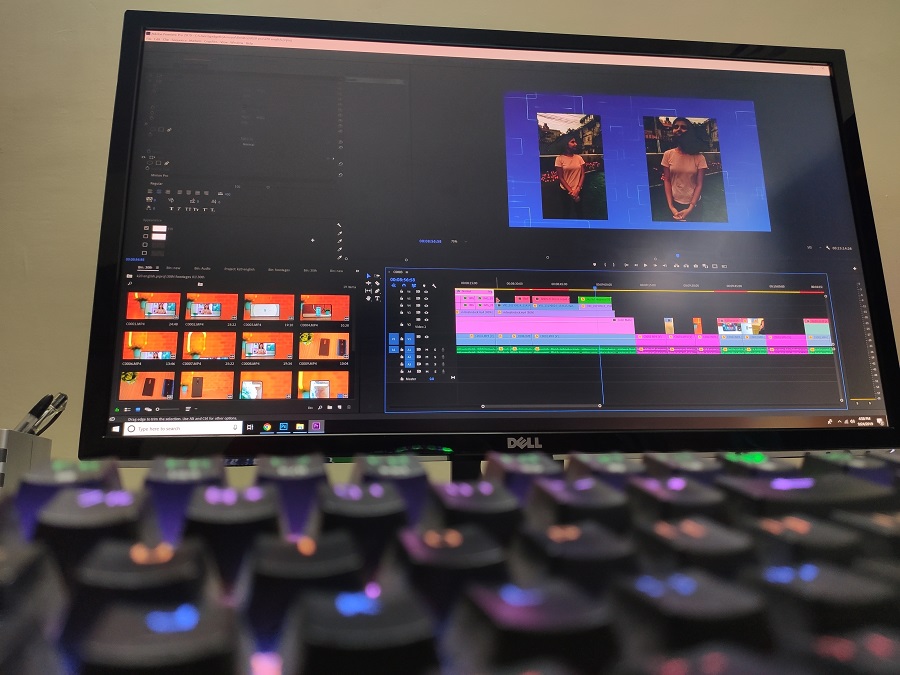
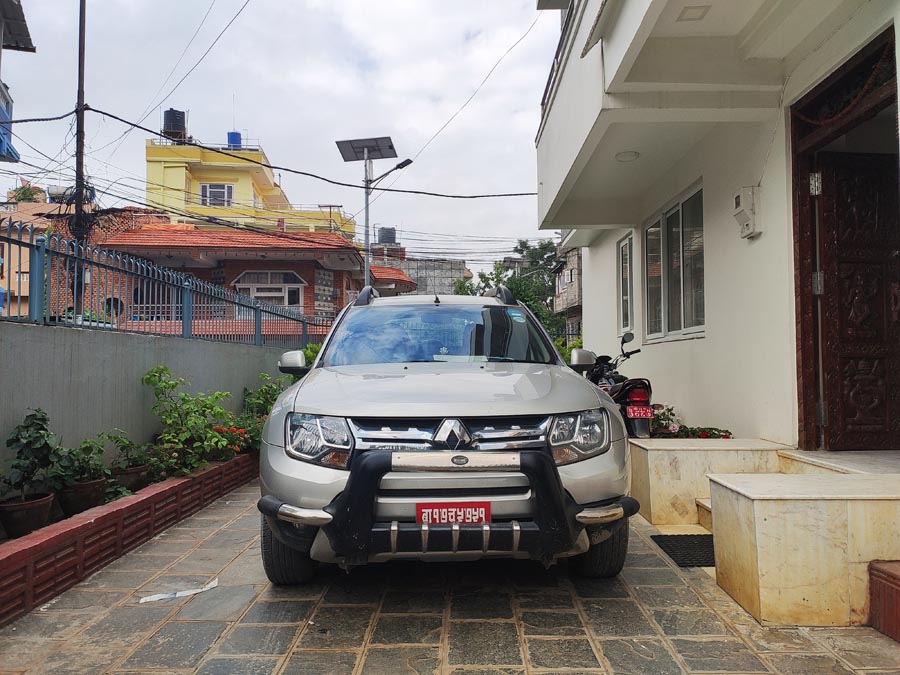
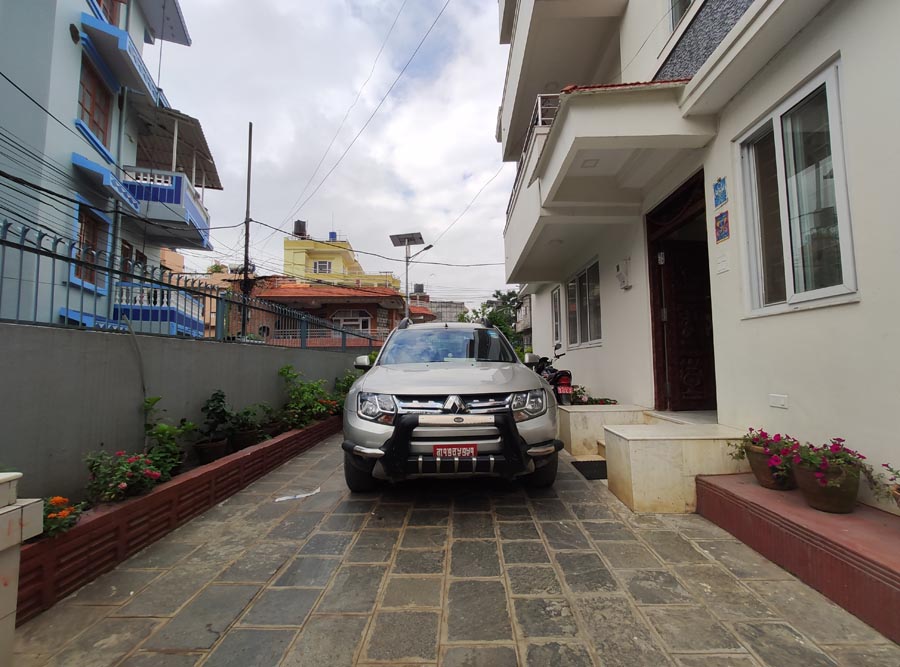
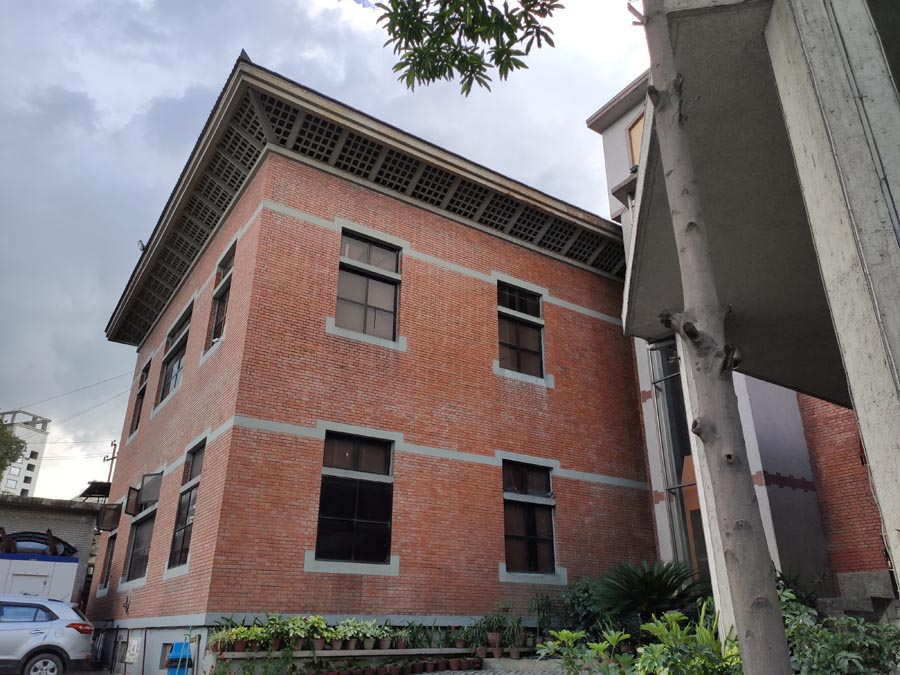



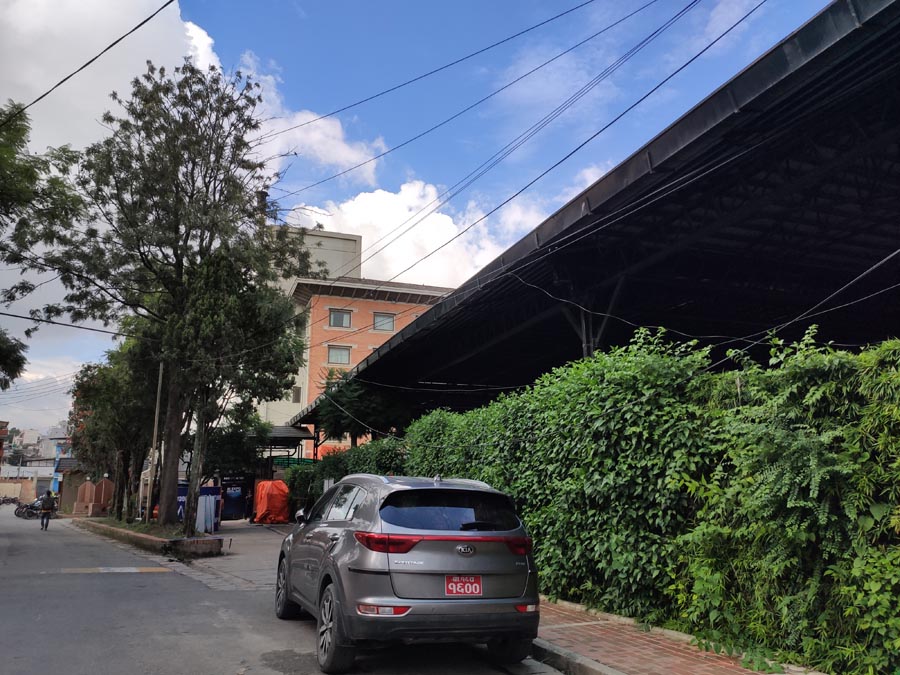

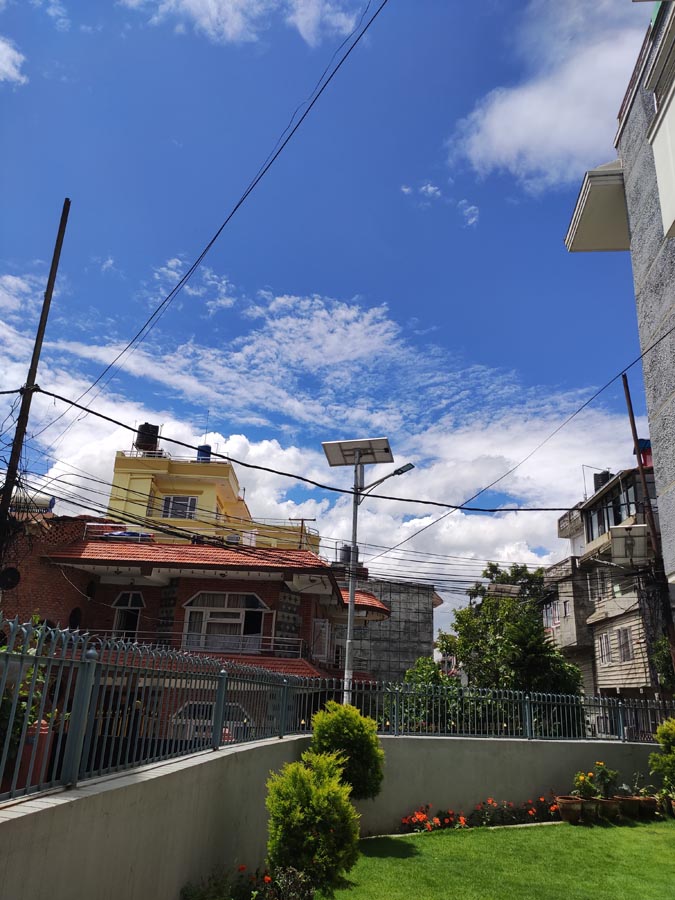









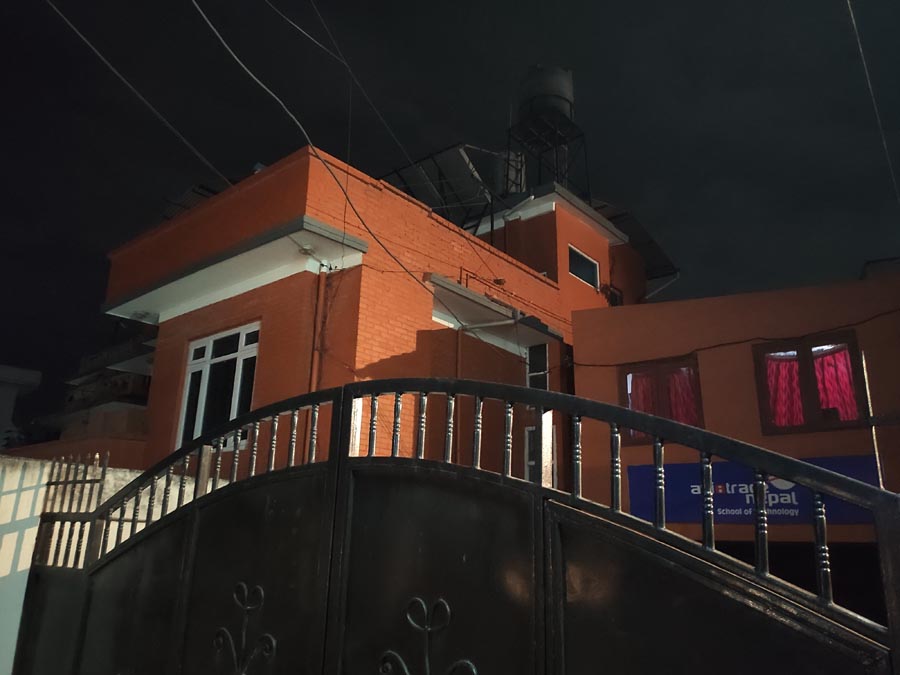
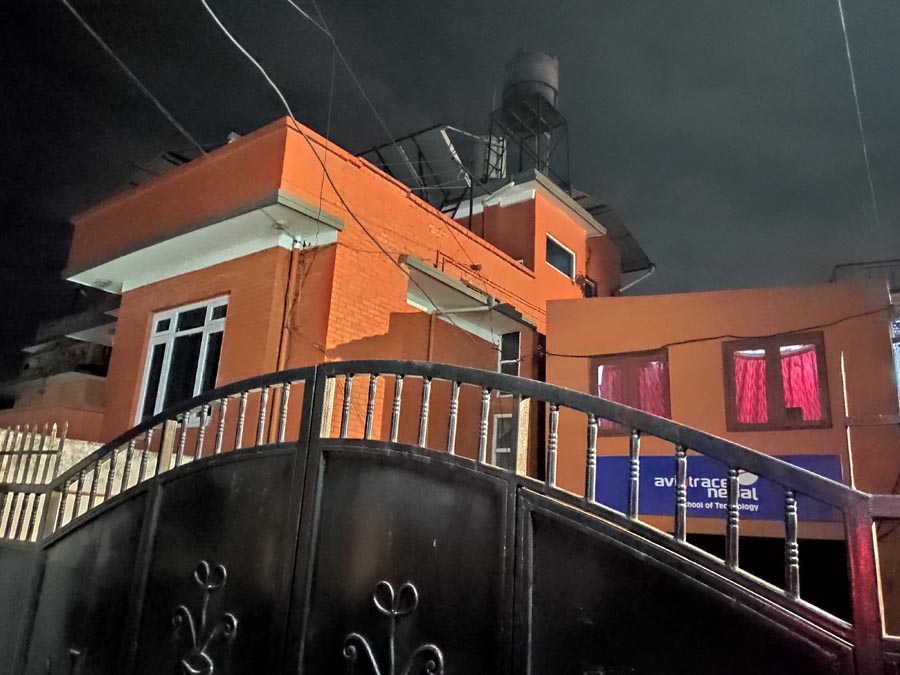

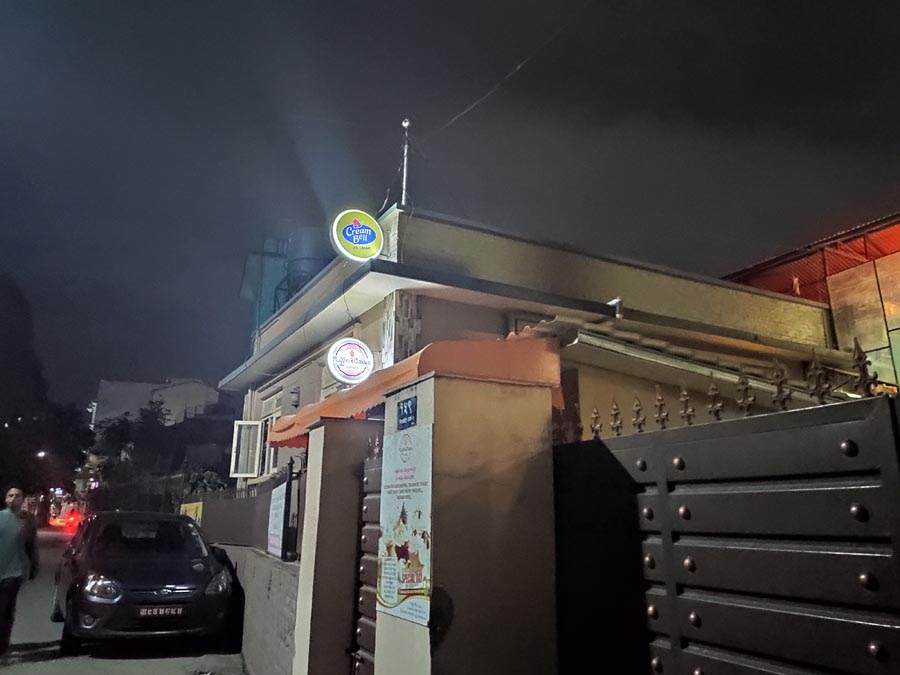

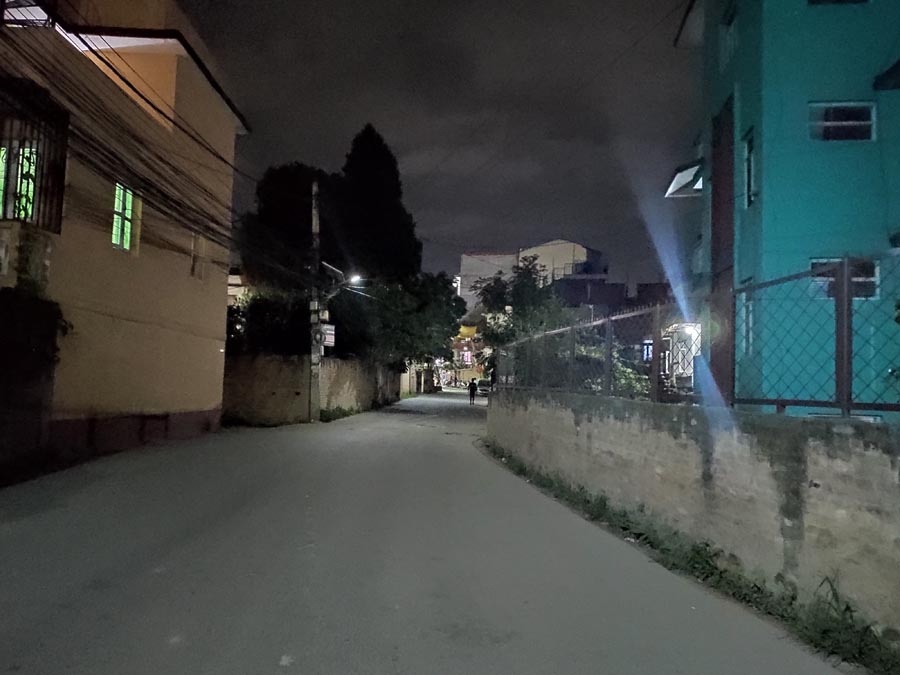



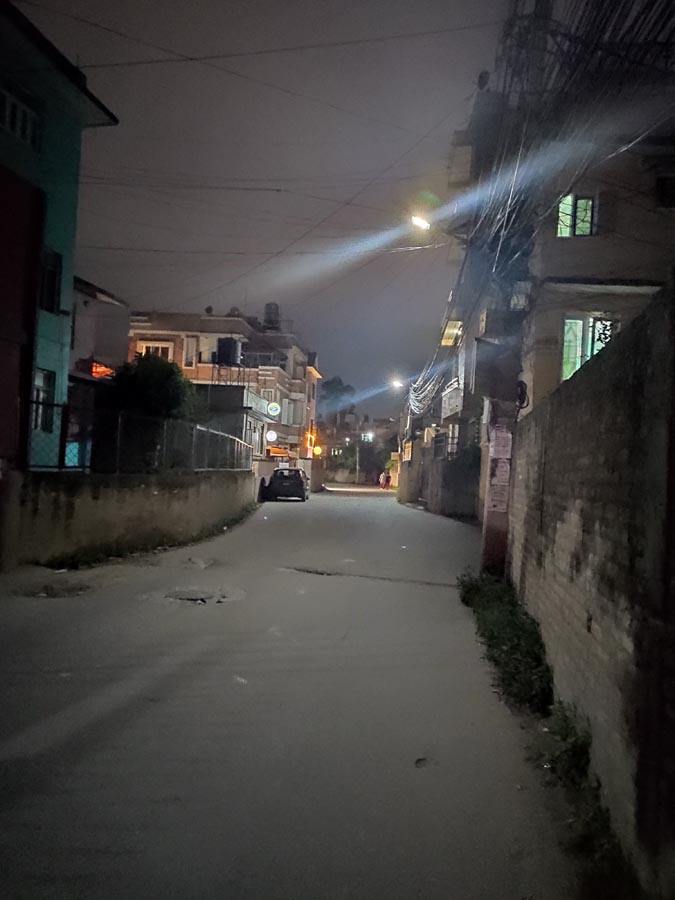

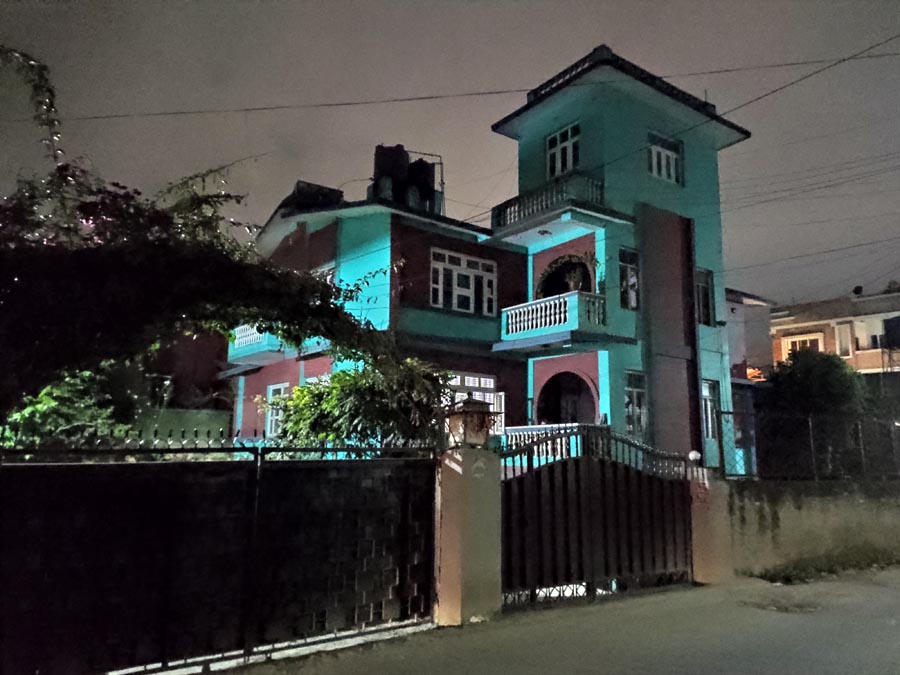

![Best Gaming Laptops in Nepal Under Rs. 250,000 (रु 2.5 Lakhs) [2025] Best Gaming Laptops Under 2.5 lakhs in Nepal [Feb 2025 Update]](https://cdn.gadgetbytenepal.com/wp-content/uploads/2025/02/Best-Gaming-Laptops-Under-2.5-lakhs-in-Nepal-Feb-2025-Update.jpg)
![Best Gaming Laptops in Nepal Under Rs. 120,000 (रु 1.2 Lakhs) [2025] Best Budget Gaming Laptops Under Rs 120000 in Nepal 2025 Update](https://cdn.gadgetbytenepal.com/wp-content/uploads/2025/05/Best-Budget-Gaming-Laptops-Under-Rs-120000-in-Nepal-2024-Update.jpg)
![Best Laptops Under Rs. 80,000 in Nepal [2025] Best Laptops Under 80,000 in Nepal March 2025 Update](https://cdn.gadgetbytenepal.com/wp-content/uploads/2025/03/Best-Laptops-Under-80000-in-Nepal-March-2025-Update.jpg)
![Best Gaming Laptops in Nepal Under Rs. 200,000 (रु 2 Lakhs) [2025] Best gaming lapotp under 2 lakhs Nepal Feb 2025](https://cdn.gadgetbytenepal.com/wp-content/uploads/2025/01/Best-Gaming-Laptops-Under-2-Lakh-Nepal-Feb-2025-Update.jpg)

![Best Mobile Phones Under Rs. 15,000 in Nepal [Updated 2025] Best Phones Under 15000 in Nepal 2024 Budget Smartphones Cheap Affordable](https://cdn.gadgetbytenepal.com/wp-content/uploads/2024/03/Best-Phones-Under-15000-in-Nepal-2024.jpg)
![Best Mobile Phones Under Rs. 20,000 in Nepal [Updated] Best Mobile Phones Under NPR 20000 in Nepal 2023 Updated Samsung Xiaomi Redmi POCO Realme Narzo Benco](https://cdn.gadgetbytenepal.com/wp-content/uploads/2024/01/Best-Phones-Under-20000-in-Nepal-2024.jpg)
![Best Mobile Phones Under Rs. 30,000 in Nepal [Updated 2025] Best Phones Under 30000 in Nepal](https://cdn.gadgetbytenepal.com/wp-content/uploads/2025/01/Best-Phones-Under-30000-in-Nepal.jpg)
![Best Mobile Phones Under Rs. 40,000 in Nepal [Updated 2025] Best Phones Under 40000 in Nepal 2024 Smartphones Mobile Midrange](https://cdn.gadgetbytenepal.com/wp-content/uploads/2024/02/Best-Phones-Under-40000-in-Nepal-2024.jpg)
![Best Mobile Phones Under Rs. 50,000 in Nepal [Updated 2025] Best Phones Under 50000 in Nepal](https://cdn.gadgetbytenepal.com/wp-content/uploads/2025/01/Best-Phones-Under-50000-in-Nepal.jpg)
![Best Flagship Smartphones To Buy In Nepal [Updated] Best flagship phone 2025](https://cdn.gadgetbytenepal.com/wp-content/uploads/2024/07/Best-Flagship-Phones-who-is-it-ft-1.jpg)